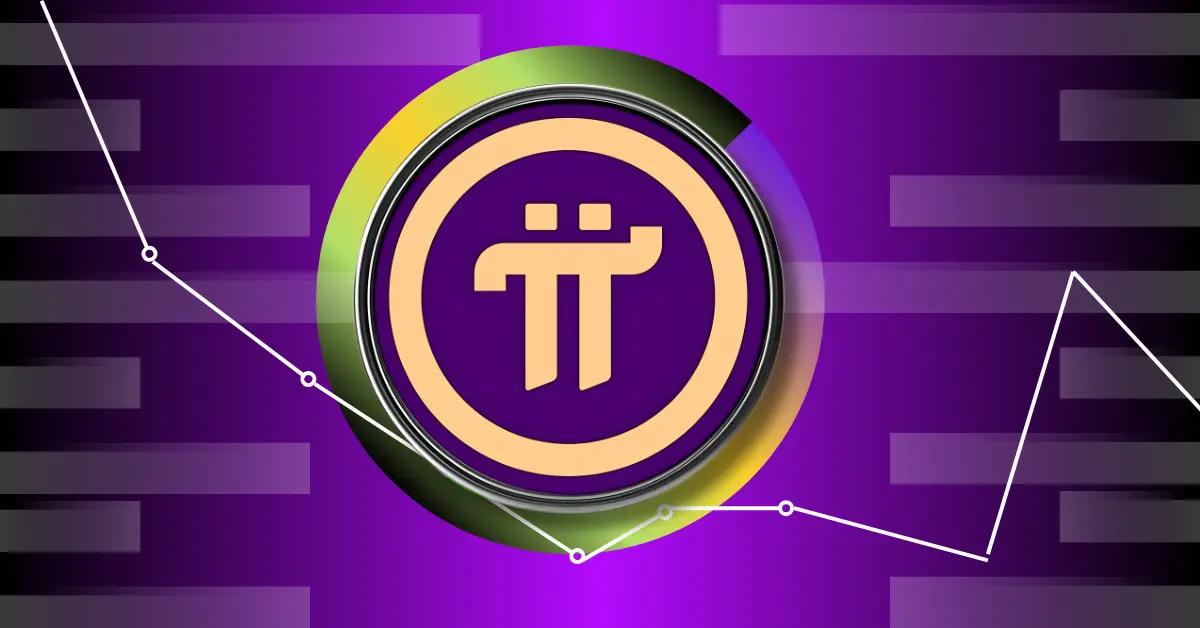The recent unlocking of approximately 337 million Pi Coin (PI) tokens, valued near $185 million, has created significant downward pressure on the token’s market price. This event underscores the importance of understanding the underlying causes, market mechanics, and potential future trajectory of Pi Coin amid this massive supply influx. For investors, enthusiasts, and observers of the cryptocurrency ecosystem, grasping these dynamics is essential for making informed decisions.
Token Unlocks and Their Impact on Supply Dynamics
Token unlocking refers to the scheduled release of previously locked or restricted tokens into the open market or circulation. For Pi Coin, this process is staggered, with July 2025 identified as an especially active month in the unlock calendar, continuing through to at least October 2027. The impending release of 337 million tokens over the next 30 days marks one of the most significant supply shocks experienced by the Pi Network to date.
From a supply-demand perspective, this sudden large supply addition tends to saturate the market, creating an imbalance where supply overwhelms demand. This imbalance exerts downward pressure on the token’s price as sellers unlock and liquidate tokens, either for profit-taking or risk management. The Pi Network’s unlock schedule is designed to gradually introduce tokens into circulation, but the sheer volume of the current unlock phase has intensified market reactions.
Recent Price Trends Amid Unlocking Activity
Pi Coin’s price has recently dipped dramatically, with reports citing a decline to around $0.5472, nearing an all-time low in some listings. Percentage-wise, declines exceeding 30% to 36% have been observed concurrent with the token unlock phases. The correlation between these unlock events and price drops is clear—markets often react negatively to large token unlocks due to anticipated increased selling pressure. Traders typically seek to exit or reduce positions before supply surges, accelerating price depreciation.
Moreover, Pi’s Relative Strength Index (RSI) and other technical indicators likely point to oversold conditions or intensified bearish momentum in the short term, potentially inhibiting an immediate price recovery. The current market sentiment reflects a mix of fear and uncertainty, with investors wary of further price declines. This sentiment is exacerbated by the lack of immediate demand catalysts to offset the supply shock.
Market Psychology and Investor Behavior
Beyond pure supply economics, investor sentiment plays a pivotal role. Unlock events trigger uncertainty and impatience among holders. Those who initially acquired tokens at lower or speculative prices may seize the opportunity to liquidate gains, amplifying sell-offs. Additionally, new investors might hesitate to enter or add to positions amid fears of further price drops.
The Pi Network community faces a strategic communication and educational challenge to explain the long-term vision amid short-term volatility. Positive narratives about ecosystem development and real-world use cases could counteract purely speculative behavior, but the immediate focus remains on navigating the supply shock. The community’s ability to foster confidence and highlight long-term value propositions will be crucial in stabilizing the market.
Forward-Looking Unlock Schedule and Price Implications
Following the current 337-million token unlock phase, subsequent unlocks are scheduled over the coming months extending to late 2027, continually injecting new supply into circulation. This sustained unlocking timeline implies extended periods of potential price pressure or volatility, barring any significant external factors such as major partnerships, platform upgrades, or broader market bullishness.
Investors and analysts should monitor several key factors:
– Unlock Schedule Transparency: Detailed tracking of unlock dates and volumes.
– Trading Volume and Liquidity: Understanding market absorption capacity.
– Demand Catalysts: New platform functionality, adoption milestones, or regulatory clarity.
– Market Sentiment: Shifts that could encourage renewed buying.
These factors will provide insights into the market’s ability to absorb the additional supply and the potential for price recovery.
Strategies for Stakeholders
For investors, caution is warranted around large unlock windows. Diversifying and setting stop-loss thresholds can mitigate risk. Long-term holders might find opportunities if they believe in Pi’s underlying fundamentals. For traders, capitalizing on volatility through short-term strategies such as scalping or swing trading could be viable but requires vigilance from technical analysis.
For developers and community leaders, enhancing transparency around unlock mechanics, educating users, and promoting ecosystem use cases will be crucial to restoring confidence and driving demand alongside supply expansion. The Pi Network’s ability to communicate its long-term vision and deliver on its promises will be instrumental in navigating this challenging period.
Conclusion: Navigating Pi Coin’s Price Volatility in the Shadow of Massive Token Unlocks
Pi Coin’s journey through intense token unlocking phases presents a textbook case of supply-induced market disruption. The unlocking of 337 million tokens valued at $185 million within a month represents a significant supply shock that has pushed prices towards historic lows, testing market resilience and investor confidence.
While the immediate outlook seems challenging—marked by price declines and heightened volatility—this period also offers a critical opportunity for the Pi Network to demonstrate robustness through strategic communication, community engagement, and ongoing innovation. The ability to balance the inflow of newly unlocked tokens with growing demand and real-world utility will ultimately determine Pi Coin’s sustainability and potential for recovery in coming months and years.
The coming unlock phases require market participants to think critically—adapting strategies to volatile conditions, focusing on fundamentals, and maintaining a long-term perspective amid a rapidly evolving crypto landscape. By doing so, stakeholders can navigate the current challenges and position themselves for potential future growth.





